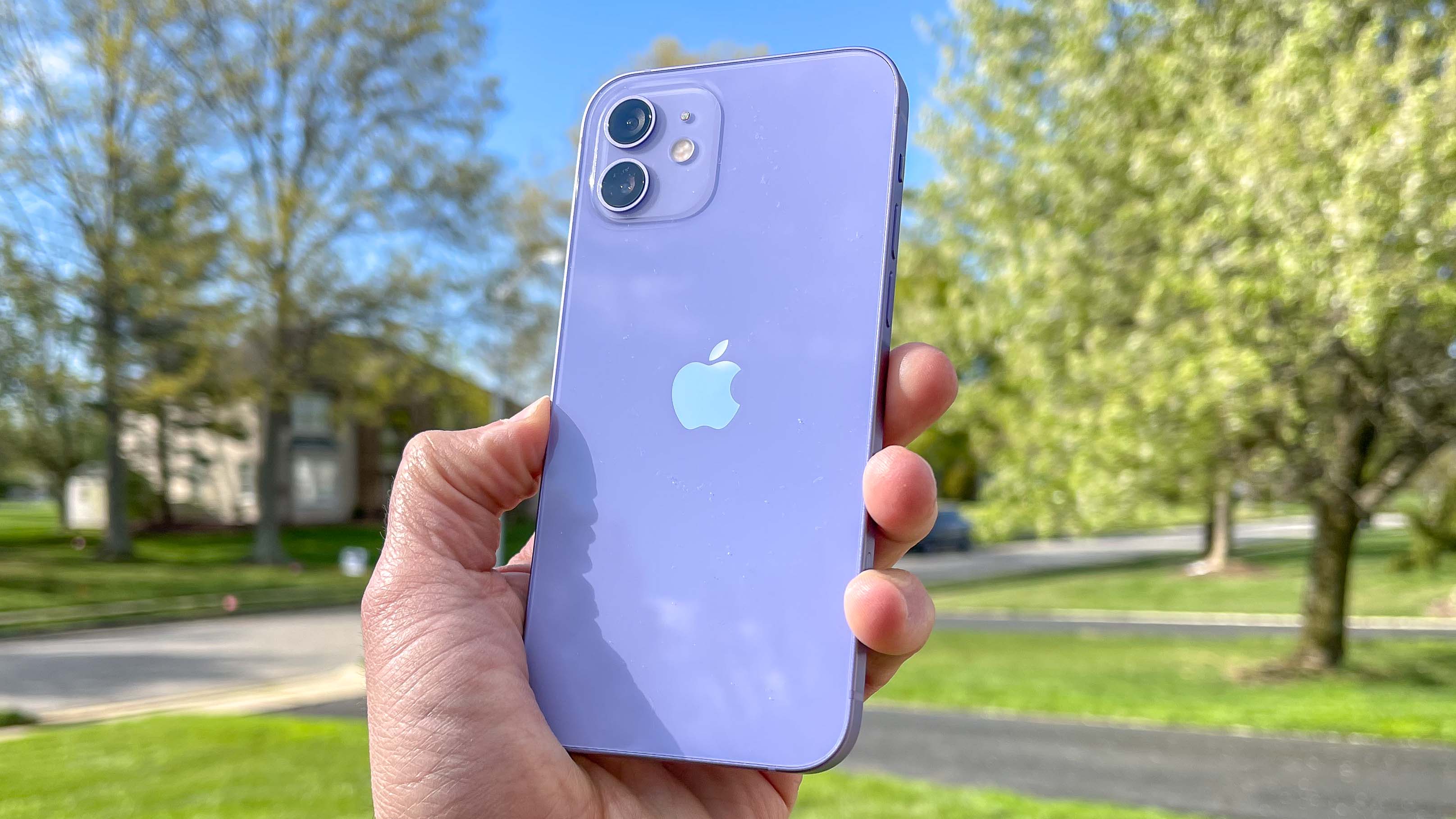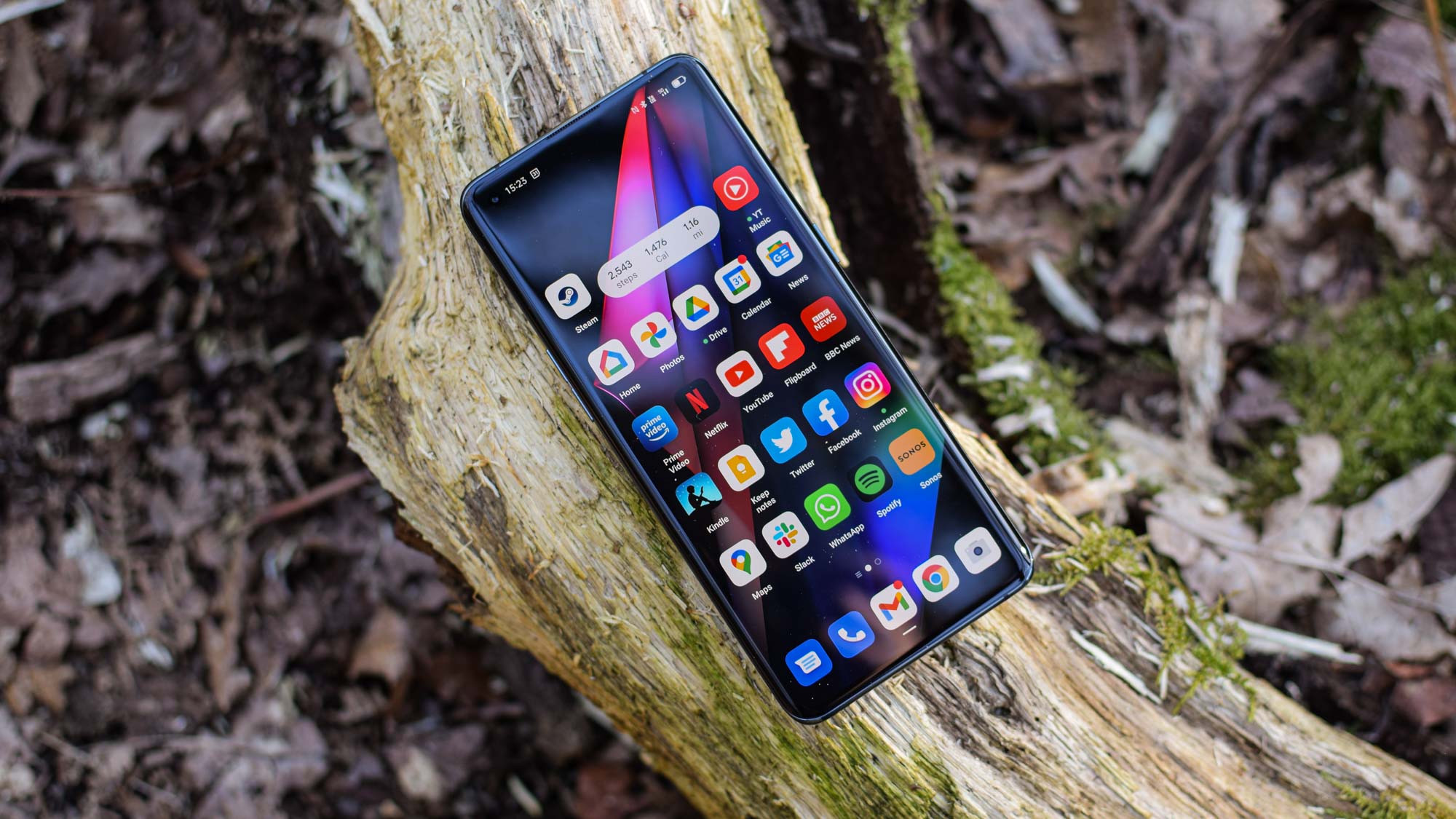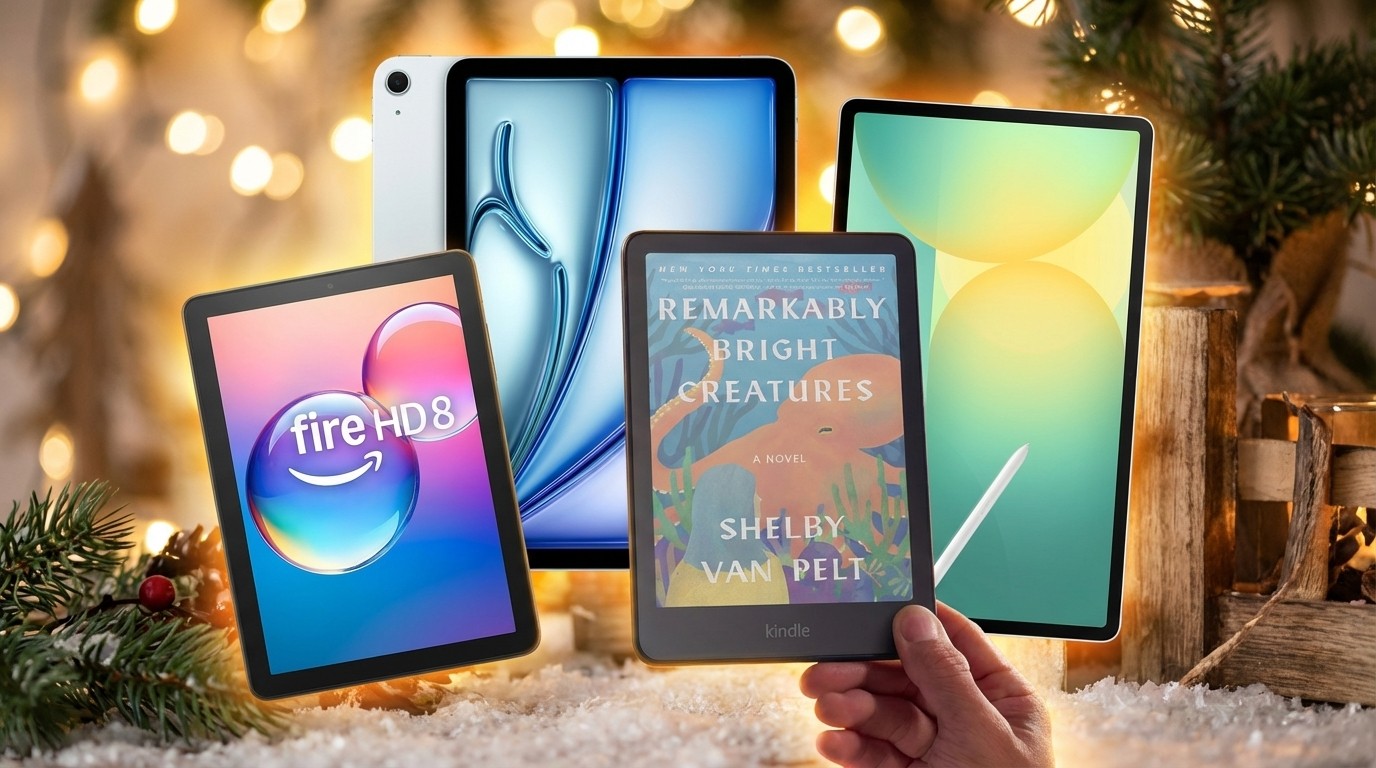iPhone 13 — here's the one thing it needs for me to upgrade
Hey, Apple! Make an iPhone 13 with a 120Hz display and I'm in

As time marches inexorably forward, the closer we draw to the reveal of the new iPhone, currently called the iPhone 13 until Apple cooks up an official name; it could be the iPhone 12s. And that's got me thinking what I’d like to see from the next iPhone.
The rumors so far point towards the iPhone 13 coming with an upgraded chipset, smaller notch, improved cameras, and potentially the return of Touch ID under the display. But the most interesting upgrade to me is that the iPhone 13 could have a high refresh rate 120Hz display.
- iPhone 13 vs. iPhone 12: The biggest changes to expect
- Apple Watch 7 huge redesign just leaked - here's your first look
- Just in: Google Pixel 6 Pro leak teases a huge camera upgrade
Such a display was predicted for the iPhone 12, the Pro models at least, but it didn’t happen. As impressive as the iPhone 12 Pro Max is, with it’s high-end cameras and flat-edged design, it’s OLED display still has a 60Hz refresh rate. And that was a crying shame in my eyes. Allow me to explain.
Raving about refresh
Going back to a 60Hz display, even on a phone as critically-acclaimed as the iPhone 12, felt very jarring.
As I write a lot about Android phones, I’ve been using Samsung, OnePlus, Google and Oppo phones for the past few years, jumping between handsets every four to six months. But I still consider myself platform agnostic; I’m an iPad fan after all.
So when I was sent an iPhone 12 for testing, I was excited to get my hands on the latest handset out of Cupertino with the latest iteration of iOS. My first smartphone was an iPhone 4S so I do have some skin in the iOS ecosystem. But using the latest iPhone 12 reminded me what a pleasing experience Apple’s phones deliver.

Okay, moving apps around and dealing with notifications still feels like a mess to me. But the design of the icons, the neatness of the settings menu, the new-ish Dark Mode, the powerful pair of rear cameras, and the transparency of folders all felt lovely to use. And all this was emphasized by the smart design and lovely OLED display of the iPhone 12. Granted the notch is a little distracting when I’m used to punch-hole cameras, but I soon got used to it.
What I couldn't get used to was the lack of a high refresh rate. I got my first taste of 90Hz refresh rate displays with the OnePlus 7 Pro and rather quickly loved the smoothness, even though I didn’t feel it was essential. But then I had to bounce back to 60Hz displays on Samsung phones for work, so I didn’t have a lot of time to get used to the higher refresh rate.
Get instant access to breaking news, the hottest reviews, great deals and helpful tips.
Then in 2020 I started using the rather lovely Oppo Find X2 Pro with its 120Hz refresh rate. Subsequent phones like OnePlus 8T, Samsung Galaxy S21 and the Oppo Find X3 Pro, my current daily driver, all have 120Hz displays. That really saw me get used to the 120Hz refresh rate, so much so that I can now feel the difference between it and say the 90Hz display of the Google Pixel 5.

So going back to a 60Hz phone display, even on a phone as critically-acclaimed as the iPhone 12, felt very jarring.
Now, don’t get me wrong, the iPhone 12 delivers a superbly smooth experience. Not only is iOS 14.5 clearly optimized up the wazoo, but the power of the A14 Bionic pretty much means flitting between games and apps is seamless.
But that powerhouse chip and snappy software can't deliver the smoothness of a 120Hz display. It feels like the sheer power of the A14 Bionic is held back by the 60Hz panel on the iPhone 12; think of it like a Ferrari trying to navigate a narrow road with a 30 mph speed limit — you know the power is there, you just can't feel it.
The Oppo Find X3 Pro feels ridiculously responsive with its 120Hz OLED display and touch sampling of 240Hz, as if screen, chip and software are working in perfect harmony.
By comparison, the Oppo Find X3 Pro has the latest flagship Qualcomm Snapdragon 888 and a fantastic 120Hz OLED display. When you factor in a touch sampling of 240Hz, the phone feels ridiculously responsive, as if screen, chip and software are working in perfect harmony.
Of course, that could all change with the iPhone 13. Or the iPhone 13 Pro and 13 Pro Max at least, as the larger phones are expected to get a high refresh rate LTPO panel. And given my experience with the iPhone 12, I’d certainly consider actually returning to iOS if Cupertino finally makes a phone with a 120Hz refresh rate.
120Hz iPhone 13: Please, Apple!
Other than the smoothness, there are other reasons why a LTPO 120Hz display on the iPhone 13 would be compelling.
There’s a good chance that when iPhones get a high refresh display there'll be a lot of apps configured to take advantage of 120Hz.
While we’ve had phones with high refresh rate displays for over two years now, the initial implementation of such panels wasn't flawless. They ate up battery; not many apps were configured to take advantage of the boosted refresh rate; and adding in the ability to switch refresh rates required extra hardware between the phone and its display.
But now we have phones with LTPO panel tech, which allows for dynamic refresh rates, with screens able to scale back for 120Hz down to a mere 1Hz to save battery life and not impose an unnatural form of motion on movies and video content. LTPO displays can be found in the OnePlus 9 Pro and Samsung Galaxy S21 Ultra, for example.
So rather than be first to adopt high refresh rate, if the rumors prove to be true, Apple’s decision to wait could mean it will get access to the best take on high refresh rate display available this year. And if there's one thing Apple is good at, it's taking existing tech and using it in the most refined fashion.
"Apple will demand extremely tight tolerances from Samsung Display on the panels, and it will brand them as ProMotion — just like the variable refresh displays on the iPad Pro," Techsponential analyst Avi Greengart told me. "Beyond that, Apple does not need to do anything to set its individual components apart; the iPhone is a differentiated system in software, silicon, user interface and ecosystem."

That last bit is particularly interesting, as the depth and breadth of Apple’s curated developer ecosystem means there’s a good chance that when iPhones get a high refresh display there'll be a lot of apps that’ll be configured to take advantage of 120Hz. I particularly like the idea of 120Hz Apple Arcade games, especially now that such games have wider controller support.
Furthermore, when Apple adopts a particular type of tech it forces other phone makers to refine their take on said technology, or come up with something special to curtail the new iPhone threat. And that could mean Samsung goes for higher refresh rate displays or new panel components to help reduce the battery drain of a 120Hz refresh rate even further.
But even if this doesn't happen, an iPhone 13 with a 120Hz refresh rate would be enough to really get me to consider a shift away from Android and a return, of sorts, to my smartphone roots.
I only hope Apple equips all models of its next iPhone with 120Hz displays, as leaving standard iPhone users on the wayside would be a crying shame, especially when the standard iPhone has been one of the best phones you can buy dollar for dollar for multiple generations.

Roland Moore-Colyer a Managing Editor at Tom’s Guide with a focus on news, features and opinion articles. He often writes about gaming, phones, laptops and other bits of hardware; he’s also got an interest in cars. When not at his desk Roland can be found wandering around London, often with a look of curiosity on his face.
